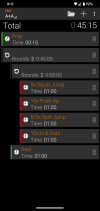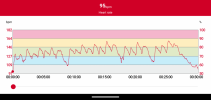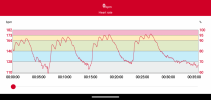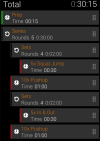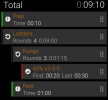Justin_M
Level 6 Valued Member
@Delta
Just leaning out a little. No headaches or anything but my strength and endurance suffered a bit. I couldn't go as hard or as long. Overall, I feel really good eating that way and the performance decline isn't severe enough that I'm concerned about eating that way exclusively but it's hard to be social or make meals that everyone in the family wants.
Just leaning out a little. No headaches or anything but my strength and endurance suffered a bit. I couldn't go as hard or as long. Overall, I feel really good eating that way and the performance decline isn't severe enough that I'm concerned about eating that way exclusively but it's hard to be social or make meals that everyone in the family wants.

